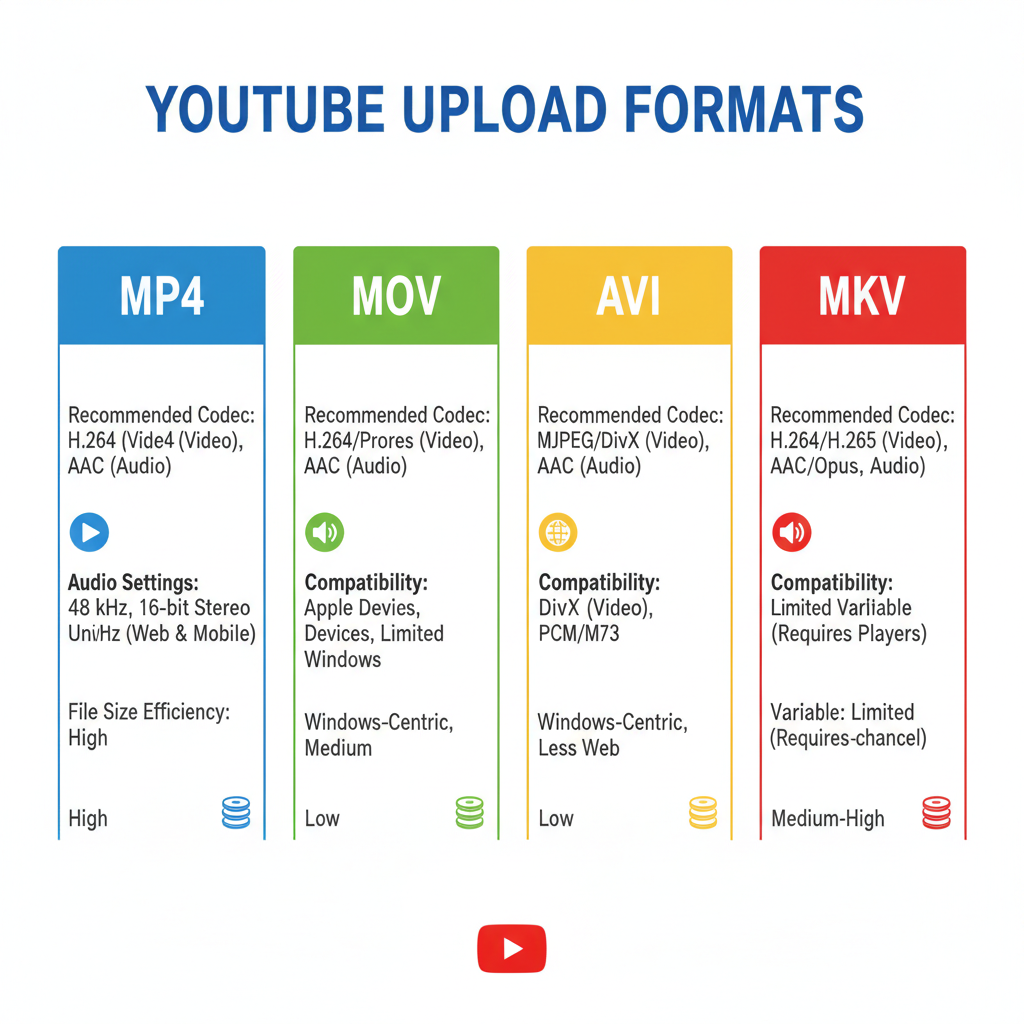Marketing UTM Parameters Guide for Precise Campaign Tracking
Learn how to use UTM parameters for precise campaign tracking, maintain consistent naming, and analyze performance in Google Analytics.

Introduction to UTM Parameters for Marketing Success
Marketing UTM parameters are one of the most effective tools for accurately tracking the performance of your campaigns. A UTM (Urchin Tracking Module) is a simple text string added to a URL that identifies exactly where your traffic comes from, which campaign drove it, and how users interact with your links.
By tagging your URLs with UTM parameters, you gain granular visibility into audience behavior, enabling smarter budget allocation, data-driven creative decisions, and accurate attribution. Without them, you risk incomplete or misleading analytics data that could undermine your marketing strategy.

---
Breakdown of Standard UTM Parameters
There are five primary UTM parameters that digital marketers should understand and use consistently:
| Parameter | Purpose | Example Value |
|---|---|---|
| utm_source | Identifies the traffic source (platform, publication, etc.) | facebook, newsletter, google |
| utm_medium | Specifies the marketing medium or channel | cpc, email, social |
| utm_campaign | Names the broader marketing campaign | spring_sale, product_launch |
| utm_term | Captures paid keywords in search campaigns | best+running+shoes |
| utm_content | Distinguishes variations in creative or link placement | blue_banner, footer_link |
When used together, these parameters create descriptive, trackable links for deeper insight within analytics platforms.
---
How to Structure and Format UTM Tags Correctly
A correctly constructed UTM URL typically follows this format:
https://www.example.com/landing-page?utm_source=facebook&utm_medium=cpc&utm_campaign=summer_sale&utm_content=video_adKey Rules for Structuring UTMs
- Begin parameters with a `?` in the URL.
- Link multiple parameters with `&`.
- Keep all values lowercase for consistent reporting.
- Replace spaces with underscores `_` or plus symbols `+` to ensure URL safety.

---
Best Practices for UTM Naming Conventions
Consistent naming is critical for keeping your data clean and actionable. Disorganized UTM tags can lead to fragmented analytics and incorrect ROI calculations.
Tips for Consistency:
- Lowercase all entries — prevent separate data entries for the same source.
- Pick a single delimiter like `_` or `-` and stick to it.
- Avoid special characters that may break the link.
- Establish internal naming protocols, e.g., `spring_sale_2024` instead of mixed formats.
Maintaining a centralized glossary for all approved naming elements can prevent costly mislabeling.
---
Tools for Generating and Managing UTM Links
Whether working solo or in a team, dedicated tools simplify UTM creation and consistency.
Free Tools:
- Google Campaign URL Builder – A quick, reliable generator.
- UTM.io – Free basic management plus browser extensions.
- Bitly – For shortening long UTM URLs while tracking clicks.
Paid Tools:
- Terminus UTM Manager – Advanced link organization and bulk editing.
- HubSpot – Integrated lead tracking and attribution.
- CampaignTrackly – Offers templates, CRM integrations, and bulk builds.
---
Tracking Marketing UTMs in Google Analytics
Google Analytics can automatically identify and log UTM parameters from inbound links, letting you track campaigns in Acquisition → Campaigns.
How to Interpret the Data
- Source/Medium Report — Reveals top channel combinations by traffic and conversions.
- Campaign Report — Compare campaign performance over specific time periods.
- Content Drilldown — Useful when running A/B tests or comparing creative formats.

In GA4, UTM data is still supported, but reporting may appear under different event parameters compared with Universal Analytics.
---
Common UTM Tagging Mistakes to Avoid
Errors in tagging can render collected marketing UTM data unreliable. Look out for:
- Inconsistent Cases — `Facebook` vs `facebook` will split reporting entries.
- Spaces in Parameter Values — Use `_` or `+` to maintain valid URLs.
- Duplicate Keys — Don’t repeat parameter names in a single URL.
- Omitting Parameters — Avoid skipping keys your analytics strategy depends on.
- Using External UTMs for Internal Links — Overwrites original session attribution.
---
Applying UTMs Across Channels
Different ad platforms may process clicks differently, so apply UTM best practices accordingly:
- Social Media Ads — `utm_source` should be the platform name (e.g., `linkedin`), and `utm_medium` as `paid_social`.
- Email Campaigns — Use your ESP for `utm_source` and `email` for `utm_medium`.
- Display Ads — `utm_medium=display` and use `utm_content` to specify size or placement.
Standardizing your approach lets you compare performance consistently across channels.
---
Running A/B Tests with UTMs
UTM tagging enables cleaner A/B test results. Example for two Facebook creatives:
Ad A: utm_source=facebook&utm_medium=cpc&utm_campaign=launch&utm_content=creative_a
Ad B: utm_source=facebook&utm_medium=cpc&utm_campaign=launch&utm_content=creative_bTracking `utm_content` isolates performance differences, allowing you to measure CTR, conversion rates, and engagement without changing other parameters.
---
Building a Centralized UTM Spreadsheet
Create a shared spreadsheet in Excel or Google Sheets containing:
- Source
- Medium
- Campaign
- Content
- Generated Tracking URL
- Additional Notes
Include Date Created and User columns for traceability. Visual aids like color coding campaigns by channel help spot inconsistencies quickly.
Pro Tip: Review and update this document quarterly to accommodate any new platforms or campaigns.
---
Summary: Transforming Marketing UTM Data Into Insights
Correctly implemented marketing UTM parameters give you a transparent, consistent, and actionable view of your traffic sources. This enables:
- Precise Budget Reallocation based on proven performance.
- Refined Channel Selection to eliminate underperforming sources.
- Targeted Creative Adjustments that drive higher conversions.
Conversely, sloppy tagging can damage data accuracy and decision-making. When you adopt clear naming conventions, reliable tools, and consistent processes, UTM tracking becomes the foundation for data-driven marketing growth.
---
Take the Next Step: Start applying these marketing UTM best practices to all your campaigns today, and systematically track your results. Over time, you’ll build a robust dataset that clearly reveals where your marketing dollars are best spent.




